Locations in Eatonton and Madison, GA
Serving Rockdale, Newton, Walton, Morgan, Oconee, Dekalb, Jasper, Clarke, Putnam, and Greene Counties
Call Today!
BLOG
Blog
Airtekk Comfort Solutions
- 18+ Years of Experience
- Warranties Available
- Certified, Licensed, and Insured

By 7044863071
•
March 26, 2025
When people think about their HVAC system, they often focus on heating and cooling. But did you know your HVAC system plays a major role in the quality of the air you breathe? Poor indoor air quality (IAQ) can lead to allergies, respiratory issues, and even long-term health concerns. Here’s how your HVAC system impacts IAQ—and what you can do to improve it. 1. The Role of Your HVAC System in Air Circulation Your HVAC system continuously circulates air throughout your home. If your system isn’t properly maintained, it can distribute dust, allergens, and pollutants instead of clean, fresh air. Regular maintenance ensures that your system is filtering and circulating air efficiently. 2. How Dirty Air Filters Impact IAQ Air filters trap dust, pollen, pet dander, and other airborne particles. When filters become clogged, they stop effectively removing contaminants, allowing them to spread throughout your home. Changing your air filter every 1-3 months is one of the simplest ways to improve your indoor air quality. 3. The Importance of Duct Cleaning Over time, dust and debris accumulate inside your ductwork. If left uncleaned, these pollutants can get recirculated into the air you breathe. Professional duct cleaning removes built-up dust, mold, and allergens, helping you and your family breathe easier. 4. Controlling Humidity Levels Too much humidity can lead to mold growth, while air that’s too dry can cause respiratory irritation and damage to wood furniture. Your HVAC system plays a key role in balancing humidity levels. Installing a whole-home humidifier or dehumidifier can help maintain ideal indoor conditions. 5. Upgrading to an Air Purification System If you’re looking to take indoor air quality to the next level, consider an air purification system. UV lights, HEPA filters, and electronic air cleaners can eliminate bacteria, viruses, and airborne pollutants, providing cleaner and healthier air for your home. Breathe Easier with Professional HVAC Solutions At Airtekk Comfort Solutions, we’re committed to helping homeowners improve indoor air quality. Whether you need a filter change, duct cleaning, or advanced air purification solutions, we’ve got you covered. Contact us today to schedule a consultation!
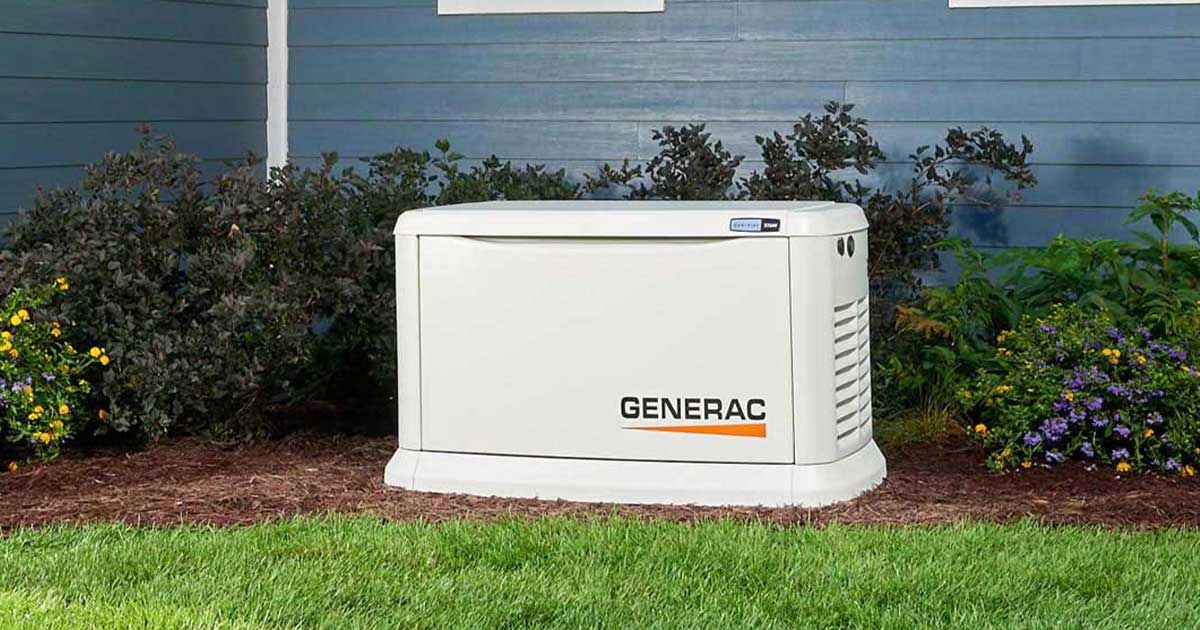
By 7044863071
•
February 6, 2025
In today’s world, power outages are becoming more frequent due to storms, extreme weather, and grid failures. Having a reliable backup power source is more important than ever. That’s why investing in a Generac whole-home generator is a smart choice for homeowners looking to protect their families, homes, and daily routines. Why Choose a Generac Whole-Home Generator? Generac is a trusted name in backup power solutions, offering reliable, efficient, and automatic power restoration when you need it most. Unlike portable generators that require manual setup and fuel refills, a whole-home generator seamlessly connects to your home’s electrical system and runs on natural gas or propane, ensuring continuous operation during an outage. Top Benefits of a Generac Whole-Home Generator ✅ Automatic Backup Power – No need to fumble with cords or fuel. Generac generators detect power outages and turn on automatically. ✅ Power for the Whole House – Unlike smaller generators, a Generac whole-home generator can power your entire home, including HVAC systems, refrigerators, security systems, medical equipment, and more. ✅ Increases Home Value – Installing a permanent standby generator adds value to your home and is an attractive feature for potential buyers. ✅ Weather-Resistant and Durable – Designed to withstand harsh weather conditions, Generac generators are built to last and provide peace of mind year-round. ✅ Cost-Effective in the Long Run – Avoid hotel stays, spoiled food, and frozen pipes during extended outages. A whole-home generator keeps your household running smoothly. Why Now is the Perfect Time to Invest With increasing energy demand and unpredictable weather, now is the perfect time to safeguard your home with a Generac whole-home generator. Plus, many models qualify for energy tax credits, helping you save on your investment. Professional Installation and Maintenance As an authorized Generac dealer, we provide expert installation and ongoing maintenance to ensure your generator is always ready when you need it. Our team will assess your power needs, recommend the right model, and ensure seamless integration with your home. Don’t Wait for the Next Outage! Protect your home and family with a Generac whole-home generator today. Contact us at to schedule a consultation and learn more about your options. 📞 Call us at 404-550-1582
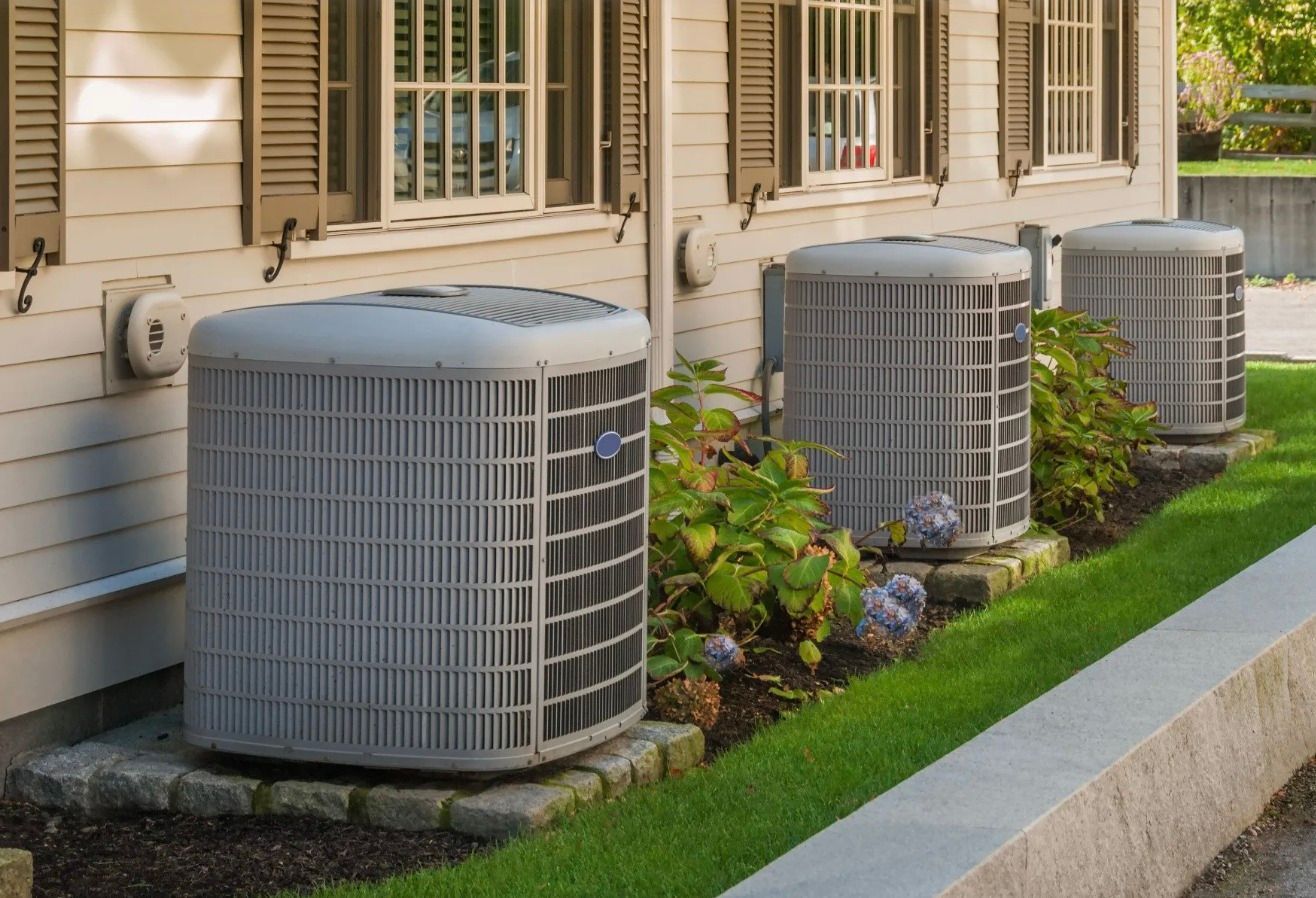
By 7044863071
•
June 6, 2024
The HVAC (Heating, Ventilation, and Air Conditioning) industry is on the brink of significant changes as it prepares for the transition to new refrigerant types starting in January 2025. This shift is driven by both environmental regulations and technological advancements, aiming to reduce the industry's carbon footprint and enhance system efficiency. Concurrently, the industry is also grappling with a notable 25% increase in equipment costs. Let’s explore what these changes entail and how they will shape the future of HVAC systems. The Shift to New Refrigerants Refrigerants are the lifeblood of HVAC systems, responsible for cooling and heating by absorbing and releasing heat. For decades, common refrigerants like R-22 and R-410A have been used extensively. However, these refrigerants are now being phased out due to their high Global Warming Potential (GWP) and environmental impact. Starting in 2025, the HVAC industry will transition to new, more environmentally friendly refrigerants. These include options such as R-32 and R-454B, which have significantly lower GWP. This change is driven by global agreements like the Kigali Amendment to the Montreal Protocol, which mandates the reduction of HFCs (Hydrofluorocarbons) to combat climate change. Key Benefits of New Refrigerants: Reduced Environmental Impact: New refrigerants have lower GWP, which means they contribute less to global warming. Improved Energy Efficiency: Many of these refrigerants can operate at higher efficiencies, potentially reducing energy consumption and operational costs. Compliance with Regulations: Adopting new refrigerants ensures compliance with evolving environmental regulations, avoiding potential fines and restrictions. The Economic Impact: 25% Increase in Equipment Costs As with any significant transition, the shift to new refrigerants comes with its set of challenges. One of the most pressing issues is the anticipated 25% increase in HVAC equipment costs. This rise is attributed to several factors: Technological Upgrades: New refrigerants often require changes in system design and components, leading to higher manufacturing costs. Regulatory Compliance: Ensuring compliance with new environmental standards can incur additional expenses in research, development, and certification. Supply Chain Adjustments: The transition necessitates changes in the supply chain, including new materials, manufacturing processes, and training for technicians, all of which contribute to increased costs. Navigating the Transition: Strategies for HVAC Stakeholders The transition to new refrigerants and the associated cost increases present both challenges and opportunities for various stakeholders in the HVAC industry, including manufacturers, installers, and consumers. For Manufacturers: Innovation and R&D: Investing in research and development to create cost-effective and efficient HVAC systems compatible with new refrigerants. Streamlined Production: Optimizing production processes to mitigate cost increases and enhance system reliability. For Installers and Technicians: Training and Certification: Ensuring proper training on handling new refrigerants and understanding the nuances of updated HVAC systems. Customer Education: Informing customers about the benefits of new systems, despite the higher upfront costs, highlighting long-term savings and environmental benefits. For Consumers: Informed Decisions: Understanding the long-term benefits of investing in new HVAC systems, such as lower operational costs and compliance with environmental regulations. Incentives and Rebates: Exploring available incentives, rebates, and financing options to offset the higher initial investment. The Path Forward The HVAC industry’s shift to new refrigerants and the subsequent rise in equipment costs represent a significant transformation. While the transition poses economic challenges, it also presents an opportunity to innovate and lead in sustainable practices. Embracing this change will not only align the industry with global environmental goals but also pave the way for more efficient, cost-effective, and eco-friendly HVAC solutions. As we approach January 2025, the collaborative efforts of manufacturers, technicians, and consumers will be crucial in navigating this transition successfully. By staying informed and adaptable, the HVAC industry can continue to thrive and contribute positively to the global fight against climate change.
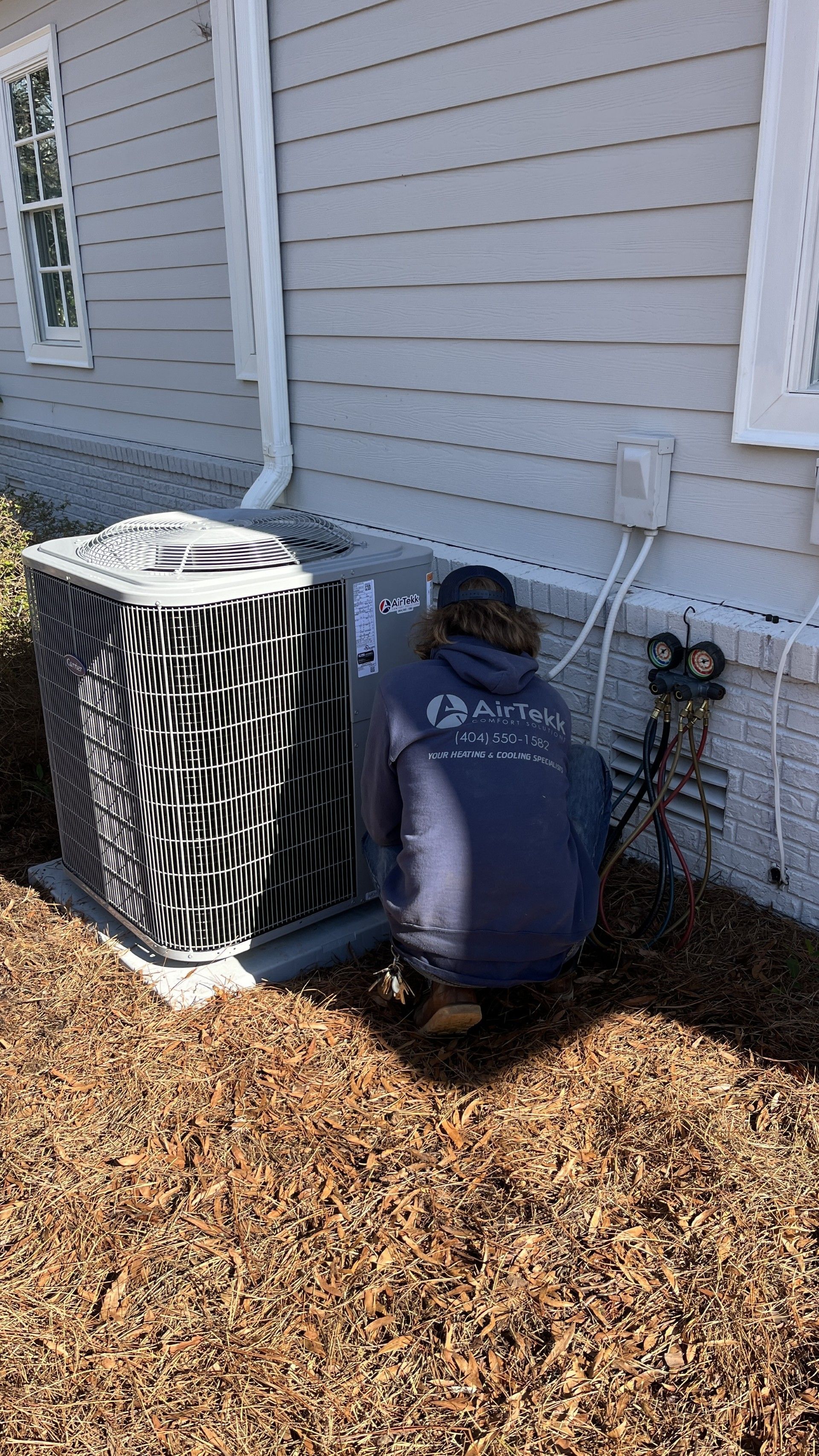
By 7044863071
•
May 2, 2024
Your HVAC (Heating, Ventilation, and Air Conditioning) system is essential for maintaining comfort in your home throughout the year. However, like any mechanical system, it has a lifespan and may eventually need to be upgraded. Recognizing the signs that indicate it's time for an upgrade can save you from unexpected breakdowns, high energy bills, and discomfort. In this article, we'll explore five key signs that suggest it's time to invest in a new HVAC system for your home.
Monday
8:00 am - 5:00 pm
Tuesday
8:00 am - 5:00 pm
Wednesday
8:00 am - 5:00 pm
Thursday
8:00 am - 5:00 pm
Friday
8:00 am - 5:00 pm
Saturday
Closed
Sunday
Closed
24-Hour Emergency Service Available
This is a placeholder for the Yext Knolwedge Tags. This message will not appear on the live site, but only within the editor. The Yext Knowledge Tags are successfully installed and will be added to the website.
HOURS
Mon - Fri
8:00 am - 5:00 pm
Sat
Closed
Sun
Closed
This is a placeholder for the Yext Knolwedge Tags. This message will not appear on the live site, but only within the editor. The Yext Knowledge Tags are successfully installed and will be added to the website.
Monday
8:00 am - 5:00 pm
Tuesday
8:00 am - 5:00 pm
Wednesday
8:00 am - 5:00 pm
Thursday
8:00 am - 5:00 pm
Friday
8:00 am - 5:00 pm
Saturday
Closed
Sunday
Closed
24-Hour Emergency Service Available
This is a placeholder for the Yext Knolwedge Tags. This message will not appear on the live site, but only within the editor. The Yext Knowledge Tags are successfully installed and will be added to the website.
SERVING
Rockdale County, Newton County, Walton County, Morgan County, Oconee County, Dekalb County, Jasper County, Clarke County, Putnam County and Greene County and Surrounding Areas
CONTACT US
- Main: (706) 252-3435
- Local: (404) 550-1582
- Mobile: (404) 550-1582
This is a placeholder for the Yext Knolwedge Tags. This message will not appear on the live site, but only within the editor. The Yext Knowledge Tags are successfully installed and will be added to the website.
info@airtekkcomfortsolutions.com
This is a placeholder for the Yext Knolwedge Tags. This message will not appear on the live site, but only within the editor. The Yext Knowledge Tags are successfully installed and will be added to the website.
State License #CR 110122
Hi. Do you need any help?
Privacy Policy
| Do Not Share My Information
| Conditions of Use
| Notice and Take Down Policy
| Website Accessibility Policy
© 2025
The content on this website is owned by us and our licensors. Do not copy any content (including images) without our consent.

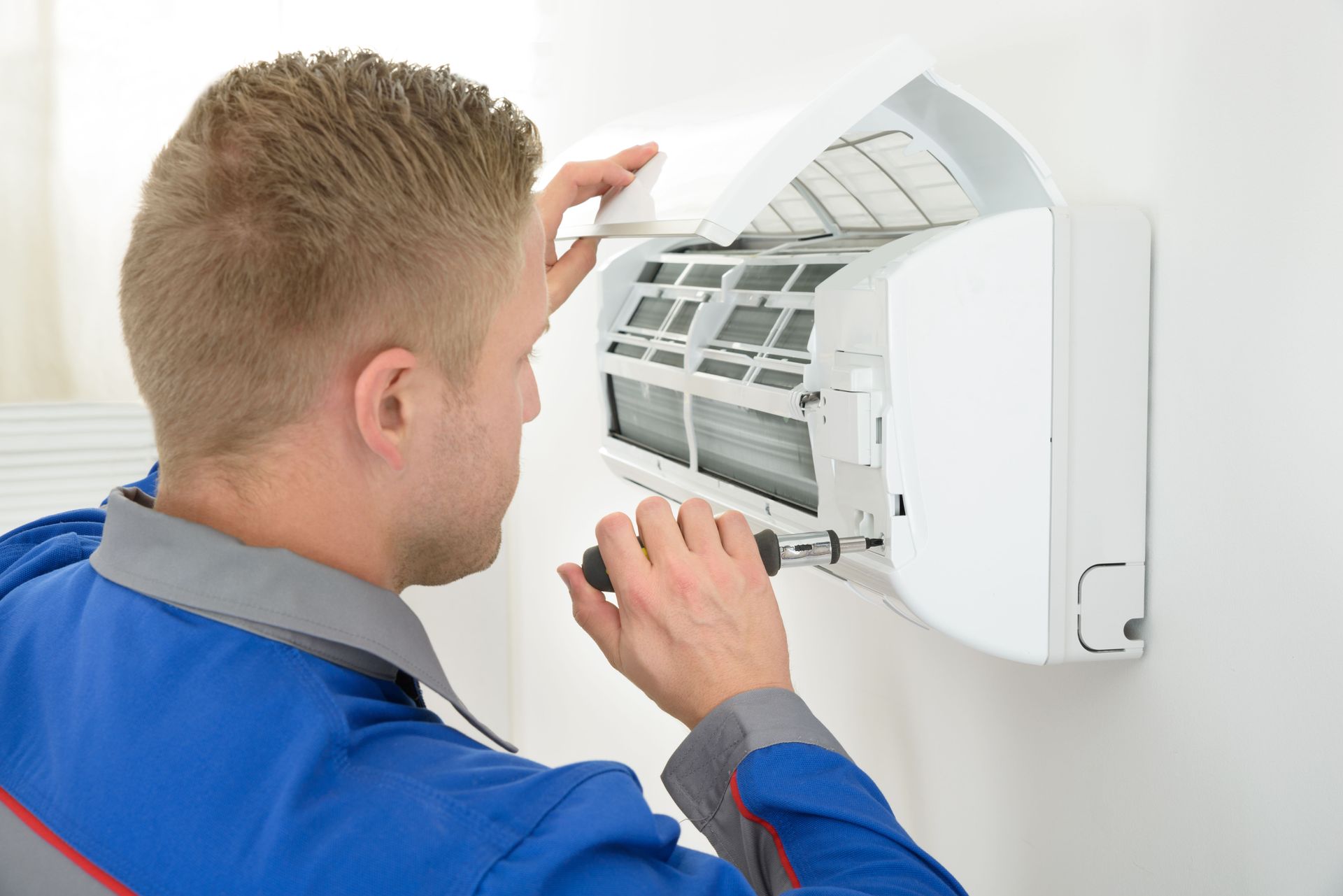
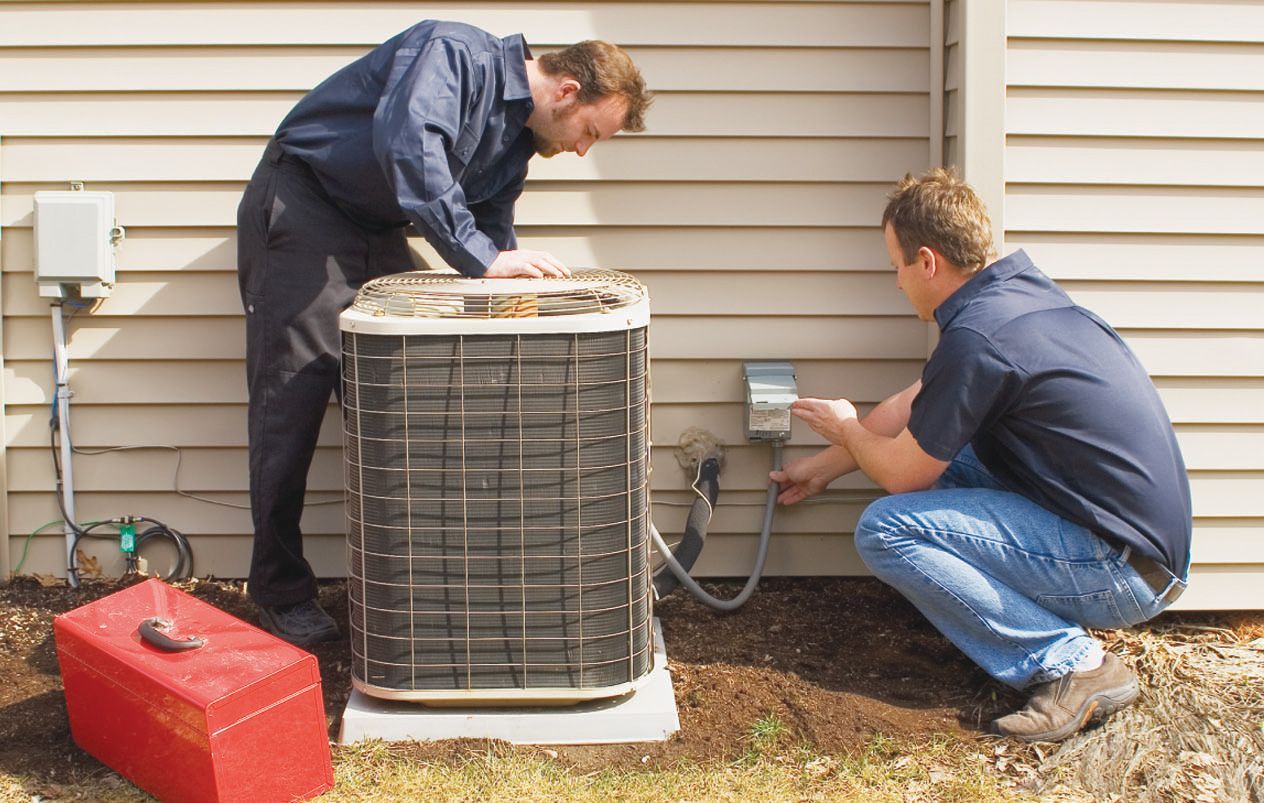
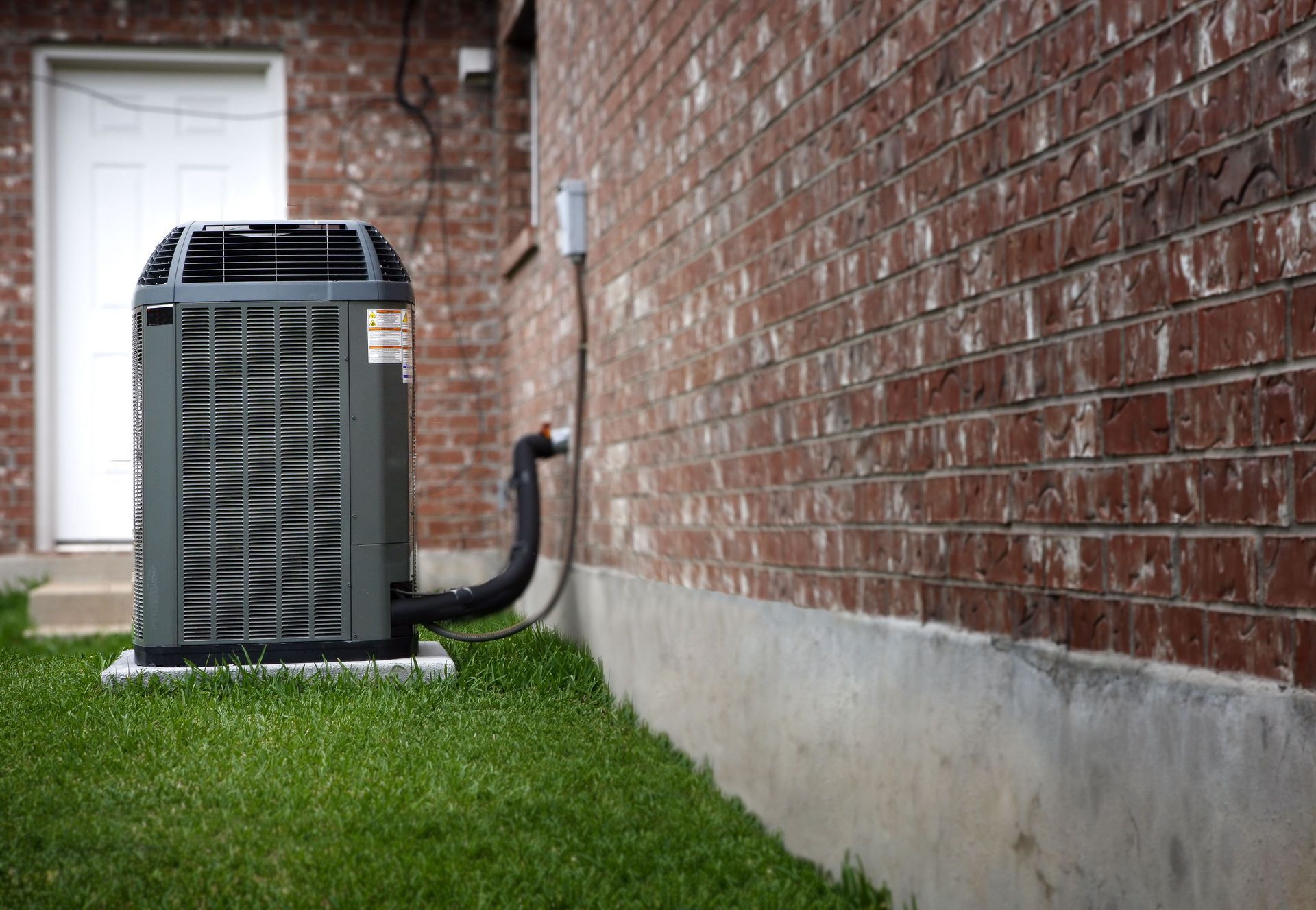
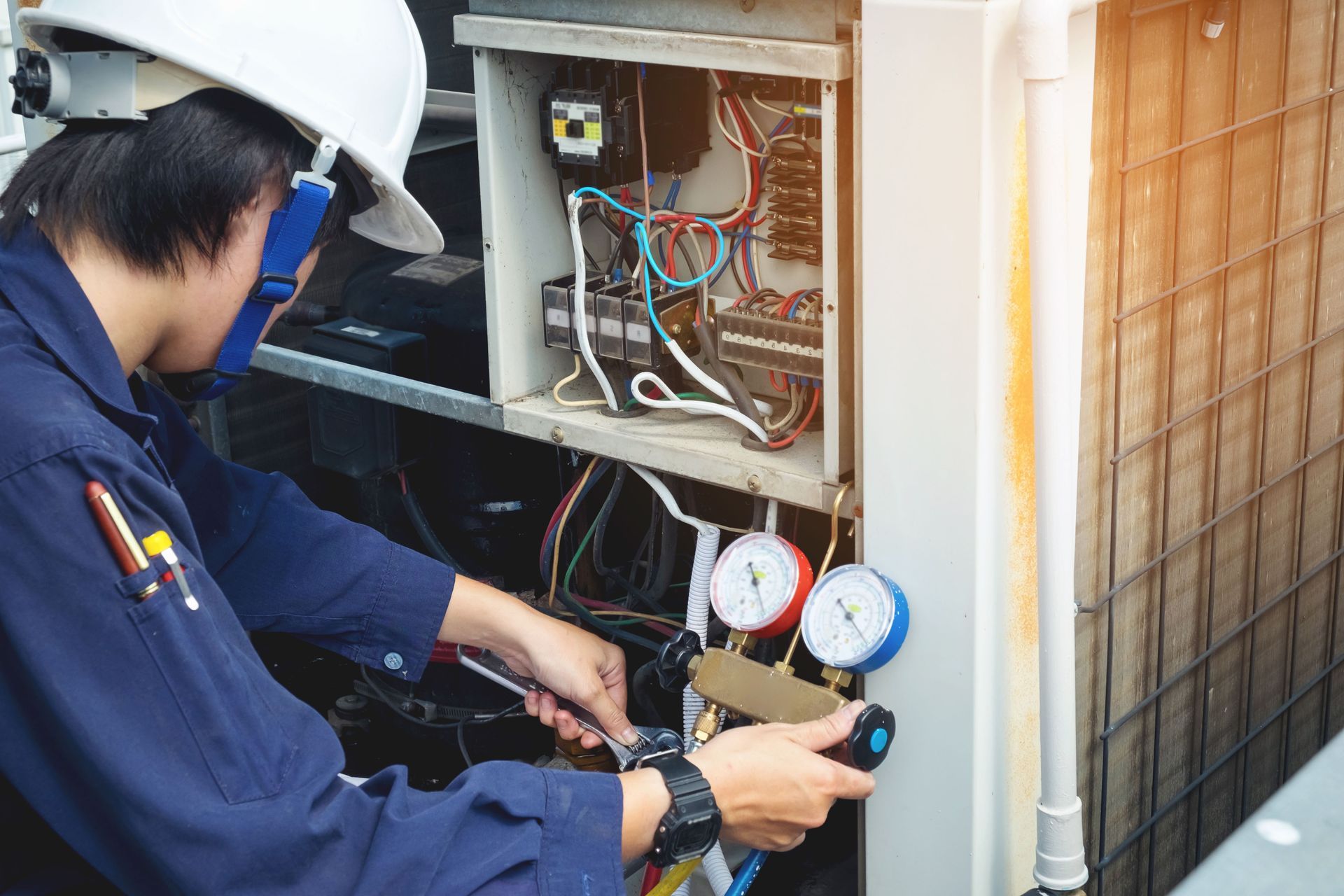
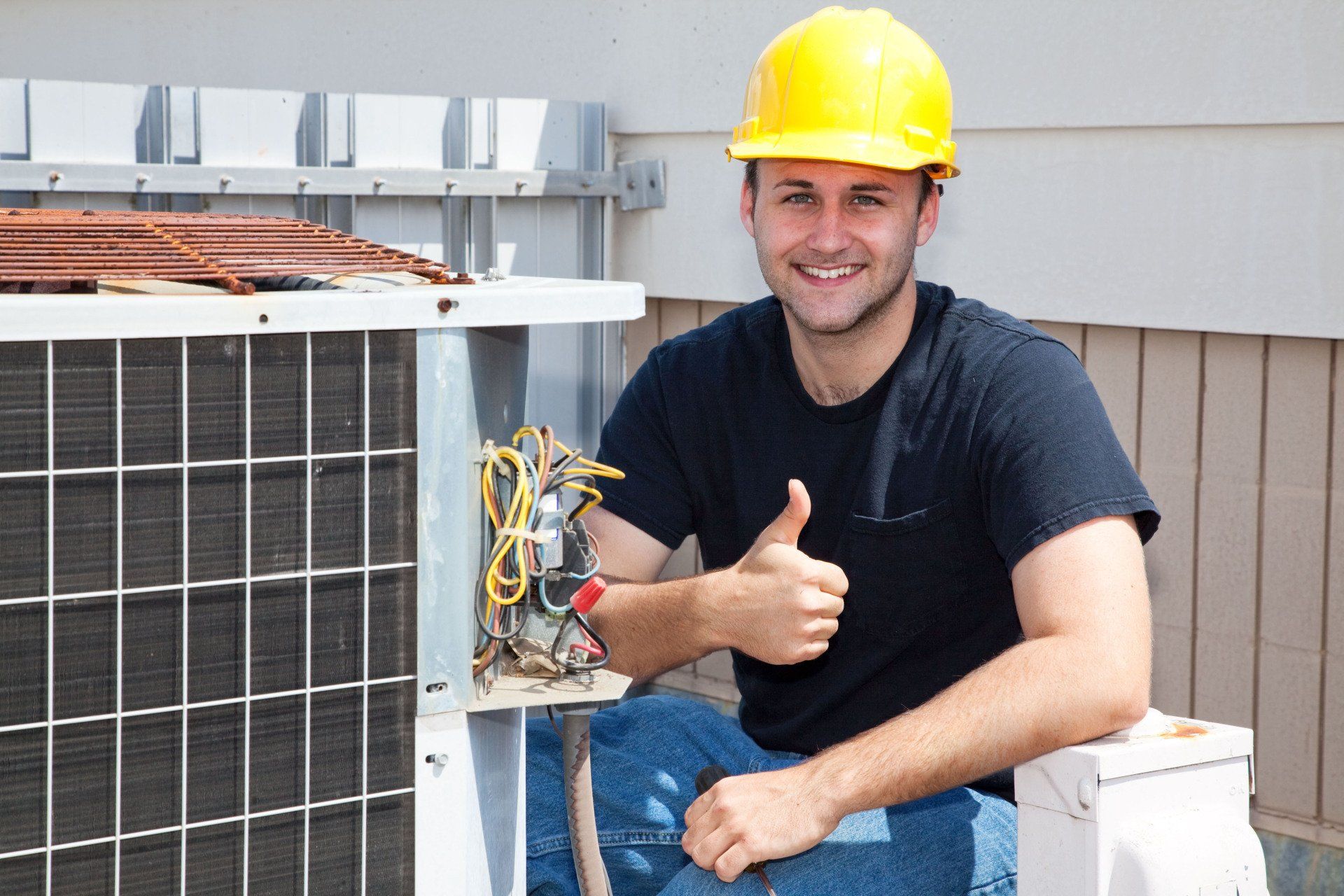
Share On: